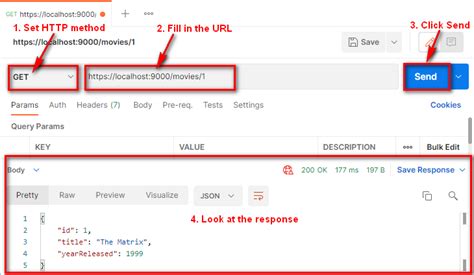Ethereum: Sending a GET Request to the Binance API
As an Ethereum developer, you are probably familiar with interacting with the Ethereum blockchain and APIs. However, when working with external services like Binance, it is essential to understand how to send a POST request instead of a GET request. In this article, we will explore how to do this using the official Binance API documentation.
Why send a POST request?

Before exploring the code, let’s briefly discuss why you might want to use a POST request instead of a GET request:
- Authentication: When using a GET request, authenticating with external services can be difficult. Binance requires authentication via an API key or access token.
- Rate limiting: External APIs often implement rate limiting to prevent abuse. POST requests are not subject to this limitation.
Sending a POST request to the Binance API
To send a GET request to the Binance API, you will need to use a library that can handle HTTP requests for you. A popular option is axios, which provides a simple and intuitive way to make HTTP requests in Node.js:
Installation
First, install the required packages:
npm install axios
Retrieving the user balance
To retrieve your Ethereum balance, we will use a POST request with the following parameters:
{
"function": "eth_getBalance",
"params": {
"address": "0x... your Ethereum address...",
"fromBlock": "1"
},
"headers": {
"Content-Type": "application/json"
}
}
Replace ... with your Ethereum address.
Here is the full code:
const axios = require('axios');
async function getBalance() {
try {
constant response = await axios.post(
"
// Replace with the following parameters
{
"function": "eth_getBalance",
"params": {
"address": "0x... your Ethereum address...",
"fromBlock": "1"
},
"headers": {
"Content-Type": "application/json"
}
}
);
const balance = response.data;
console.log(Your Ethereum balance is: ${balance});
} catch (error) {
console.error(error);
}
}
getBalance();
Retrieving Order Book Data
To retrieve the current order book data, you will use a POST request with the following parameters:
{
"function": "eth_getOrderBook",
"params": {
"asset": "ETH/USD"
},
"headers": {
"Content-Type": "application/json"
}
}
Replace ... with your Ethereum address.
Here is the full code:
const axios = require('axios');
async function getOrderBook() {
try {
constant response = await axios.post(
"
// Replace with the following parameters
{
"function": "eth_getOrderBook",
"params": {
"asset": "ETH/USD"
},
"headers": {
"Content-Type": "application/json"
}
}
);
const orderBook = response.data;
console.log(Current order book data:, orderBook);
} catch (error) {
console.error(error);
}
}
getOrderBook();
Following these examples, you should be able to send a POST request to the Binance API and retrieve the desired data. Don’t forget to replace the “…” placeholders with your actual Ethereum address and parameters.
API Documentation
For more information on the official Binance API documentation, visit [
